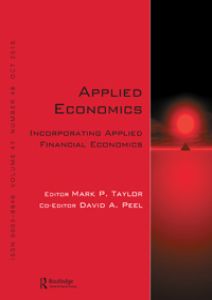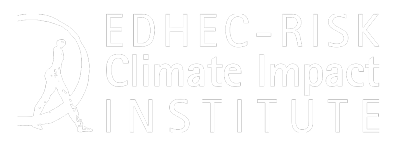

Full versus quasi MLE for ARMA-GARCH models with infinitely divisible innovations
Applied Economics, Volume 47, Issue 48, September 2015.
We compare the backtesting performance of ARMA-GARCH models with the most common types of infinitely divisible innovations ...
Author(s):
Summary:
Applied Economics, Volume 47, Issue 48, September 2015.
We compare the backtesting performance of ARMA-GARCH models with the most common types of infinitely divisible innovations, fit with both full maximum likelihood estimation (MLE) and quasi maximum likelihood estimation (QMLE). The innovation types considered are the Gaussian, Student’s t, α-stable, classical tempered stable (CTS), normal tempered stable (NTS) and generalized hyperbolic (GH) distributions. In calm periods of decreasing volatility, MLE and QMLE produce near identical performance in forecasting value-at-risk (VaR) and conditional value-at-risk (CVaR). In more volatile periods, QMLE can actually produce superior performance for CTS, NTS and α-stable innovations. While the t-ARMA-GARCH model has the fewest number of VaR violations, rejections by the Kupeic and Berkowitz tests suggest excessively large forecasted losses. The α-stable, CTS and NTS innovations compare favourably, with the latter two also allowing for option pricing under a single market model.
Keywords: backtesting, ARMA-GARCH models, infinitely divisible innovations, quasi maximum likelihood
| Type : | Academic Publication |
|---|---|
| Date : | 09/01/2015 |

